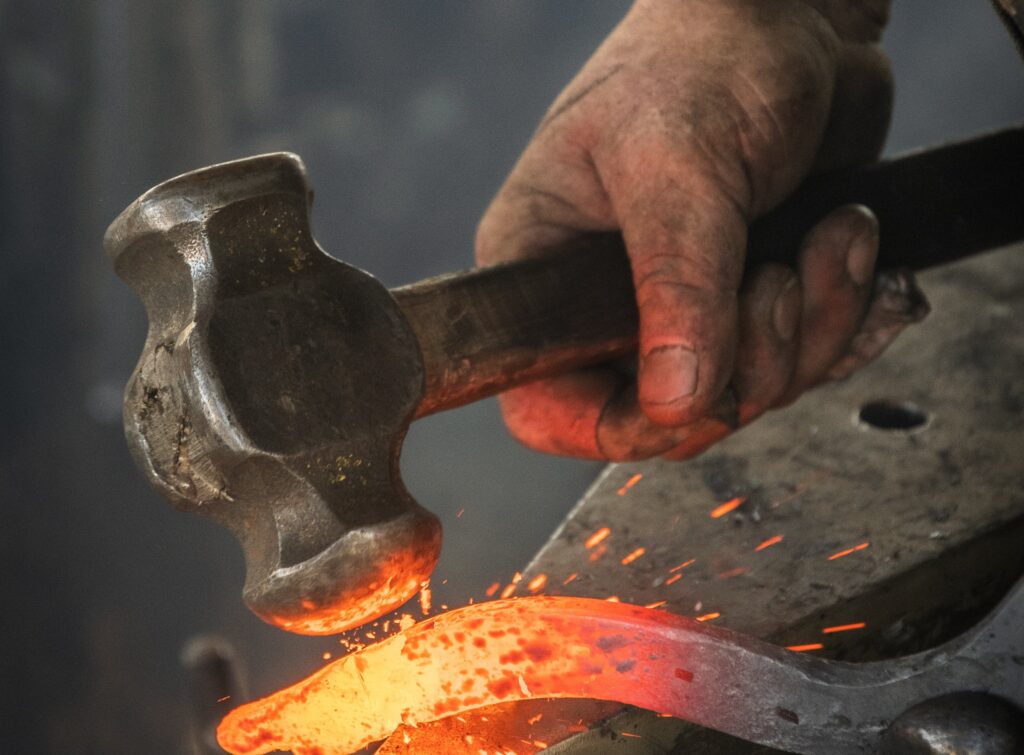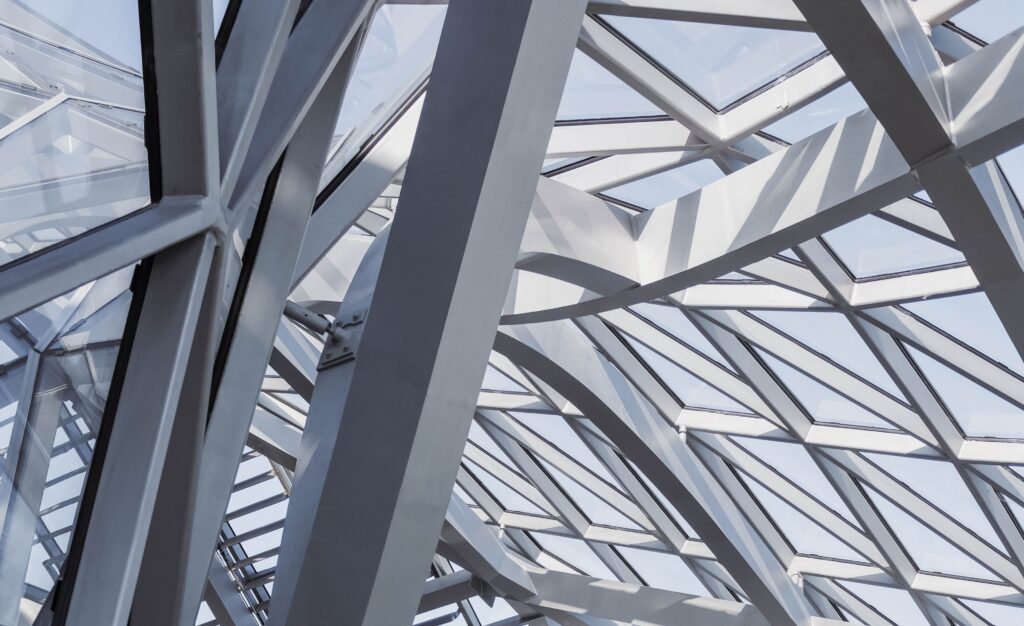It is observed that steel is found to be necessary for the operation of both the heavy and light engineering industries, shipbuilding, railways and rolling stock, automobiles, sheet metal industries, power generation, and electrical industries, etc.
Understanding the Factors Affecting Physical Properties of Steel
The physical properties of steel can vary depending on several factors. These include the following:
1.) Carbon composition of the steel
2.) Presence of impurities
3.) Heat treatment
1.) Carbon composition of the steel
The variation in carbon percentage produces steel of different grades. The carbon always assists in increasing the hardness and strength of steel. But at the same time, it decreases the ductility of steel. Mild steel having a carbon content of about 0.1 to 0.25% is widely used for structural work.
2.) Presence of impurities
The usual impurities in steel or silicon, are sulfur, phosphorus, and magnesium.
If silicon content is less than 0.2% it has no appreciable effect on the physical properties of steel. If silicon content is raised to about 0.3 to 0.4% the elasticity and strength of steel are considerably increased without serious reduction in its ductility.
If sulfur content is between 0.2 to 0.1%, it has no appreciable effect on the ductility or strength of steel. However, it makes heated metal less malleable and weldable. The excess of sulfur decreases the strength and activity of steel.
The phosphorus produces detrimental effects on steel. It is desirable to keep its content below 0.12%. As a result, this decreases steel’s strength, ductility, and shock resistance.
Magnesium helps to improve the strength of mild Steel. Its desirable content is between 0.3 to 1%. When its content exceeds about 1.50% or so, the steel becomes very brittle and hence it loses its structural value.
3.) Heat treatment

By heating and cooling steel under controlled conditions, the characteristics of steel can be changed. In the heat treatment process, the heating and cooling of steel are carried out according to a strictly predetermined temperature schedule with the result that the steel undergoes structural changes and acquires specific mechanical properties.
Magnetic Properties of Steel

Steel has magnetic properties that depend on the heat treatment and composition of the material. Steel can generally be magnetized because it is a ferromagnetic material. However, certain types of stainless steel, known as austenitic stainless steel, exhibit non-magnetic behavior due to their specific chemical composition. It is important to consider these magnetic properties and these properties are obtained by carefully adjusting its chemical composition. The amounts of each element in steel that are needed to give it improved magnetic characteristics are listed below:
1. Carbon
It is desirable to keep carbon content as low as possible and it should not exceed 0.10 percent.
2. Silicon
The presence of silicon results in a considerable increase in electrical losses and hence it is highly undesirable.
3. Sulphur and phosphorus
If the combined content of sulfur and phosphorus exceeds about 0.3 percent, the magnetic properties of steel are greatly affected.
4. Manganese
If the content of manganese exceeds about 0.3% it proves to be injuries to the magnetic properties of steel.
Properties of Mild Steel

Mild steel is relatively soft and ductile, making it easy to shape and manipulate. The properties of mild steel are given below:
1. It can be magnetized permanently.
2. It can be readily forged and welded.
3. It cannot be easily hardened and tempered.
4. It has a fibrous structure.
5. It is malleable and ductile.
6. It is not easily attacked by salt water.
7. It is tougher and more elastic than wrought iron.
8. It is used for all types of structural works.
9. It rusts easily and rapidly.
10. Its melting point is about 1400°C.
11. Its specific gravity is 7.80.
12. Its ultimate compressive strength is about 80 to 120 KN per cm2.
13. Its ultimate tensile strength and shear strength are about 60 to 80 KN per cm2.
Defects in Steel
Following are the four common defects found in steel:
1. Cavities or blow holes
2. Red shortness
3. Cold shortness
4. Segregation
1. Cavities or blow holes
These arise from the confinement or imprisonment of gas within a molten metal mass. Such confined gas produces bubbles or blow-holes on the solidification of metal.
2. Red shortness
When working in a heated state, the steel with this defect cracks. The high amount of sulfur is the cause of this problem.
3. Cold shortness
When working in a heated state, the steel with this defect cracks. This defect occurs due to the presence of high content of phosphorus.
4. Segregation
Early-stage solidification causes some steel elements to separate from the main mass. This is known as segregation and it is prominent on the top surface of the ingots or casings.
5. Corrosion
Steel is susceptible to corrosion when exposed to moisture and certain environmental conditions. Regular maintenance and protective coatings can help mitigate this issue.
6. Inclusions
Inclusions are foreign substances that can be trapped within the steel during the manufacturing process. They can weaken the material and cause structural problems if not properly addressed.
FAQs
Q: What are the factors that affect the physical properties of steel?
The physical properties of steel are influenced by its composition, heat treatment, and the presence of impurities.
Q: How can corrosion in steel be prevented?
Regular maintenance and the application of protective coatings can help prevent corrosion in steel.
Q: What are some common defects in steel?
Common defects in steel include cavities, segregation corrosion, inclusions, cracks, and warping.
Q: How can cracks in steel be avoided?
Proper heat treatment, stress management, and quality control measures can help avoid cracks in steel.
Q: What are the properties of hard steel?
Hard steel, also known as high-carbon steel, is characterized by its exceptional strength, hardness, and wear resistance. It is commonly used in applications that require durability.
You may also like to read:
Types of Steel Reinforcement Properties and Uses


